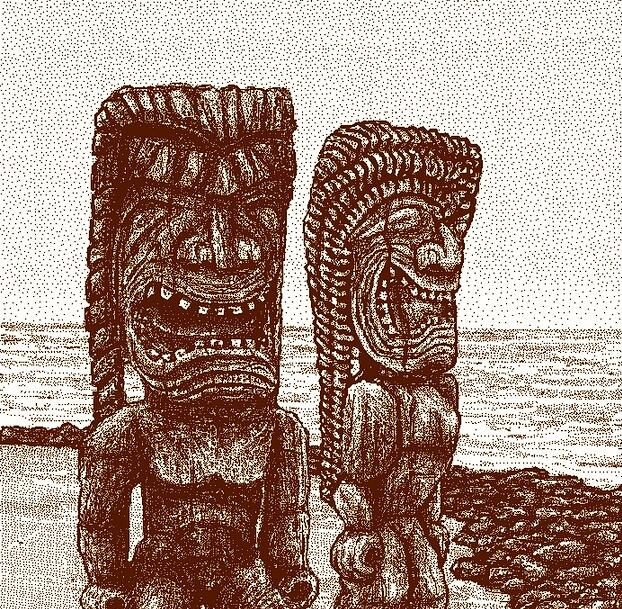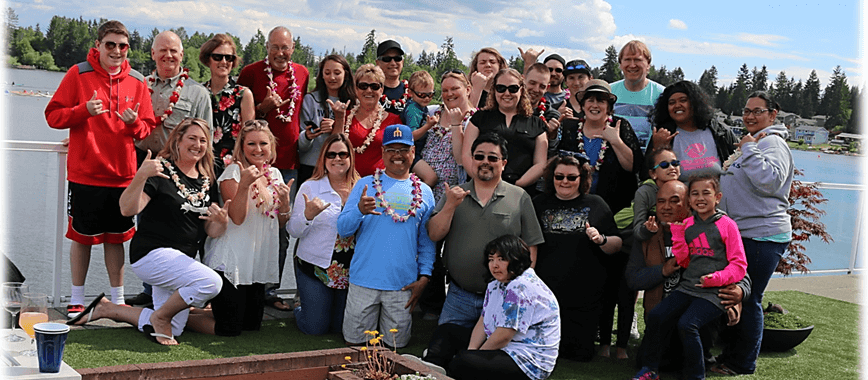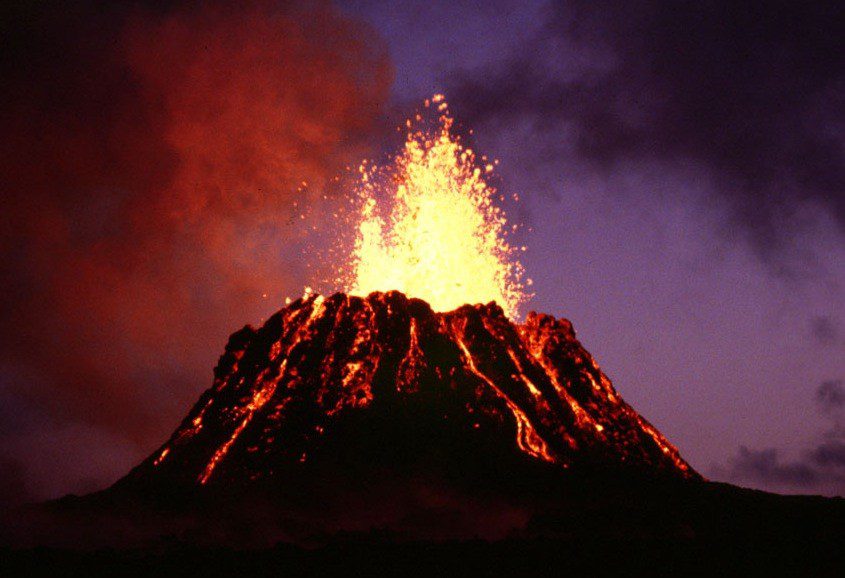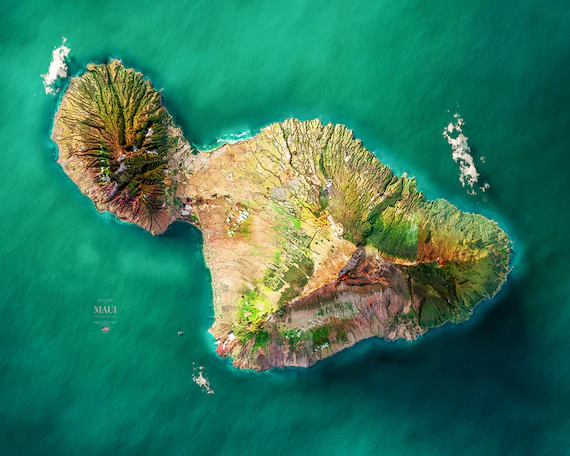History of The Tiki

The Hawaiian Tiki stands as a powerful symbol of Polynesian mythology and Hawaiian heritage. Rooted in the sacred traditions of the islands, Tiki figures were carved to embody gods like Ku, Kane, and Lono, serving as protectors and spiritual guides. Today, while Tiki culture has evolved to blend ancient significance with modern aesthetics, the reverence for its origins remains central to its story—a tale of craftsmanship, spirituality, and cultural pride.
The Kalani Ohana has a New Home!

Exciting News! After 20 wonderful years at our former location, we’re thrilled to announce that Kalani Packaging has moved to a new location! This move marks a significant milestone in our journey, and we’re excited to continue working with you from our new home in Mukilteo, Washington!
King Kamehameha Day

On June 11th, Hawaiians celebrate King Kamehameha Day with vibrant festivities. The celebrations feature grand floral parades, where floats are adorned in colorful leis, and traditional Hawaiian hula performances accompanied by lively music. Lei draping ceremonies at statues of King Kamehameha honor his legacy and contributions. This joyous occasion brings Hawaiians together to celebrate their rich cultural heritage and pay tribute to Kamehameha the Great.
Forgotten Towns of Hawaii

Forgotten Towns of Hawaii Hawaii has a complex history. Even today the islands are evolving due to natural events like floods, earthquakes, and volcanoes. The Hawaiian Islands continue to change and the people of Hawaii know that towns may come and go at the hands of Mother Nature. Apua Halawa – Now largely uninhabited, this valley has such historic significance that Hawaiians consider it a sacred place. The first settlers arrived over 1300 years ago, eventually building a complex irrigation system. Evidence also indicates there had been many taro farms in the area; and fish ponds had been built that covered 55 acres. Many residents eventually started moving inland toward cities, but for those that remained, life went on has it had for generations before. The village was lost after a devastating flood in 1946; and what had survived was then lost in a tsunami in 1957. Apua – From fishing to camping, the town is gone, forever changed. Originally Apua was a thriving fishing village for natives. Only a few stone walls remain after Hawaii’s biggest earthquake in recorded history. A 7.9 earthquake hit the village in April of 1868, causing landslides and a tsunami. The deserted town is now part of the Hawaiian Volcanoes National Park and attracts back country campers/hikers. There is no power or running water in the town. Halawa Kapoho – Six months after Hawaii became a state, the town of Kapoho was buried by the eruption of Kilauea. Despite several small earthquakes in the area, many felt they were safely out of Kilauea’s path. However, in early 1960, the volcano produced a red glow and began erupting. The slow moving lava allowed the town to attempt to divert the flow, but they were unsuccessful. The lava flowed for nearly a month, completely covering the town. The only piece that survived was a lighthouse, but even the orange grove next to it, and the lighthouse keepers home were destroyed. 50 years later with no activity from the volcano some residents are considering moving back. Kapoho In 2014, another lava flow threatened the town of Pahoa. Watch this video to see what the locals experienced.
5 must-do’s on Maui

Maui Must Do’s Maui Favorites Maui offers a plethora of activities for visitors. Some of the most popular things to do include driving the scenic Road to Hana, snorkeling with sea turtles at Molokini Crater, watching the sunrise at Haleakalā National Park, and attending a traditional Hawaiian luau. You can also explore the beautiful beaches, or go whale watching! Learn more about the top rated Maui experiences! The Road to Hana Molokini Crater

